May 18, 2025 | 16:41 GMT +7
May 18, 2025 | 16:41 GMT +7
Hotline: 0913.378.918
May 18, 2025 | 16:41 GMT +7
Hotline: 0913.378.918

A worker in a silk reeling line. Photo: Duong Dinh Tuong.
Mr. Vu Xuan Truong, Director of Yen Bai Mulberry Joint Stock Company, said that a few years ago, the agricultural industry realized great potential when surveying Tran Yen district, Yen Bai province. This region has a large strawberry growing area and large output, which is qualified to become a raw material area for commodity production.
The company decided to start constructing the factory in Bao Dap commune, with a total area of 2.2ha, with an investment of more than VND 80 billion.
In early 2023, the factory will officially operate, creating jobs for 80 workers. Phase 1 includes the first 4,000m2 workshop designed with six automatic silk reeling lines, but currently, only four have been installed, and two more will be installed next week. The company will level the hill to build a second workshop in the coming time, increasing the total capacity to 300 tons of silk/per year.
The entire Tran Yen district has about 1,000ha of strawberry growing. If the factory runs at total capacity in phase two, it will require 6,000ha of strawberries so people can feel secure in their development. On a national scale, his company already has two silk reeling factories in Lam Dong and plans to build another factory in Gia Lai.
Those factories consume cocoons, create jobs for hundreds of local workers, and provide technical guidance on how to raise silkworms and connect with seed and material suppliers to increase productivity and quality.

The silk threads are about to come out of the oven. Photo: Duong Dinh Tuong.
According to Mr. Truong, there were two main reasons for the failure of previous factories. Firstly, outdated technology leads to poor-quality silk yarn, making it difficult to export to high-end markets, but it can only be exported to China, Laos, and Thailand. Second, the state's management style with many departments could be more effective and completely different from the current private management style.
Each silk reeling line has ten workers, automatically from the first step of removing termites, receiving cocoons, and measuring silk thread size, helping the output products have uniform quality.
If the finished silk thread is too big, the machine will automatically cut it off so the worker can connect it. If the silk thread is too small, the machine will automatically compensate. Each such line can produce four quintals of silk per day, while previously, each mechanical silk reeling line had 20 workers, but the output was only two quintals of silk per day.
The factory consumes white cocoons at a VND 190,000 per kg purchase price this season. The upcoming season will be the season of yellow cocoons. On average, 7 tons of cocoons produce 1 ton of silk. Currently, the company makes an average of 120 tons of silk/year, exported to Europe and Japan for USD 70 per kg.
"The world garment market is now very interested in environmentally friendly products. Silk is natural, and mulberry leaves are used to raise silkworms without pesticides. To increase value, according to the company's orientation, by 2030, we will create the final product right here, not just exporting raw silk like currently," Mr. Truong cherished.
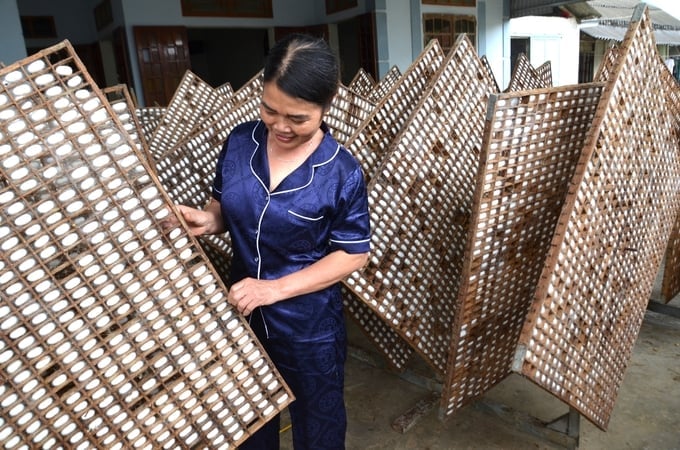
Harvesting cocoons in wooden nests. Photo: Duong Dinh Tuong.
Tran Yen district has 15 mulberry cooperatives, initially forming a value chain connecting farmers with silk reeling factories, helping many people change their lives.
In Chieng Cua village, Hong Ca commune, Tran Yen district, no one knows the problematic circumstances of Mrs. Nguyen Thi Chanh's family. Her son passed away early, leaving behind two young grandchildren. Feeling sorry for her widowed daughter-in-law, she took in a grandchild to raise. More than three acres of rice fields are needed to eat. She had to work as a hired laborer in wood-peeling factories to earn extra income.
Six years ago, when the profession of growing mulberry and raising silkworms was introduced to Hong Ca commune, she also enthusiastically participated with everyone. At first, due to a lack of experience, silkworm farming was plagued by epidemics, and people gradually quit. At one point, the entire commune's strawberry growing area shrank to 13ha, but she persevered in her profession.
With new farming techniques and new farming tools guided by the Vietnam Sericulture Research Centre (VIETSERI) and district agricultural officials, the commune's silkworm farming profession has been revived, and the area under mulberry cultivation has expanded, expanding to nearly 30ha.
In 2022, Mrs. Chanh can borrow money from poor households to plant 1 hectare of mulberries and build a silkworm house with an area of 150 square meters. She and her husband told each other to take care of each other with proper techniques and work hard, so the 2023 silkworm crop earned a profit of VND 66 million.
This year's silkworm crop, she made a profit of more than VND 30 million. She decided to apply to leave the poor household and give preferential loans to other households in even more difficult circumstances than hers.
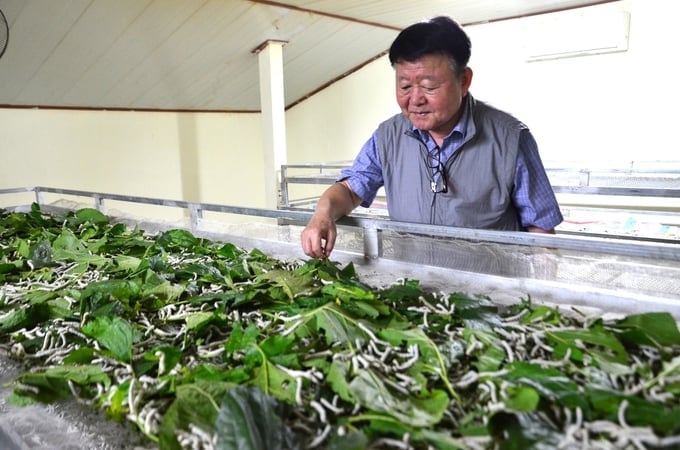
KOPIA expert Mr. Sohn KeeWook is checking silkworms raised on a shelf. Photo: Duong Dinh Tuong.
According to calculations, every hectare of growing mulberries and raising silkworms generates an income of about VND 200-250 million per year, 2-3 times higher than growing other crops.
Mr. Sohn KeeWook, a Korean mulberry expert, said this country currently has a research system entirely separate from the production system. In addition to the main product of silk, Korea also creates by-products such as cosmetics, including skin cream, toothpaste, soap, and medical products such as eardrums, artificial bones, absorbable sutures, etc.
Korea is especially interested in producing silkworms and specialized products from silk.
Three years ago, KOPIA Vietnam started implementing an on-site silkworm production project, and, in the period 2024-2028, will build a system of egg farms. When the quality of silkworm eggs is improved, Vietnam can meet its domestic production needs and export them back to Korea.
Mr. Chang An Cheol, Head of KOPIA External Agricultural Technology Department, said that among the 23 KOPIA centers worldwide, he believes that KOPIA Vietnam will be the appropriate center to increase the scale of human resources and budget, becoming a focal point. Transfer and disseminate modern agricultural techniques to countries in the Asian region.
Translated by Huong Giang
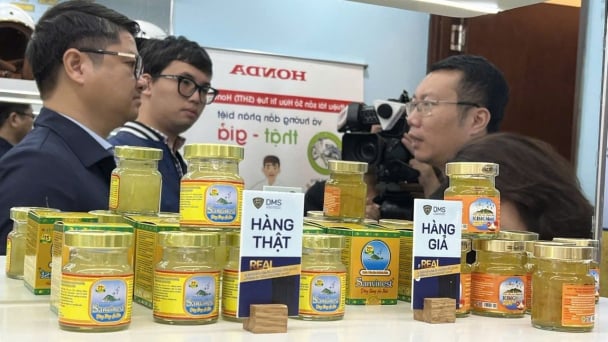
(VAN) In the face of counterfeit and imitation products, Khanh Hoa Salanganes Nest Company hopes for the prompt completion of the legal framework, strict enforcement against violations, and protection of the bird’s nest brand.
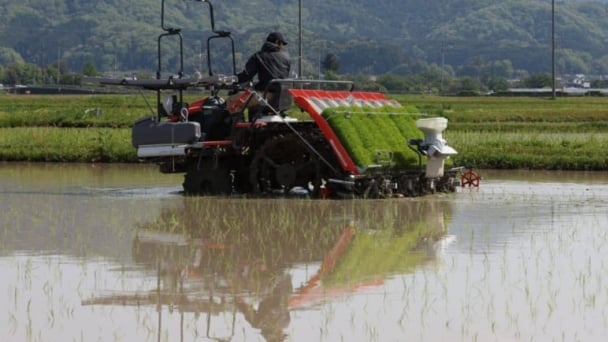
(VAN) Japan's efforts to lower the price of rice through the release of its stockpile may finally be making some progress, albeit at a snail's pace.

(VAN) U.S. tariffs are not only a 'shock', but also an opportunity for Vietnamese businesses to renew their mindset toward comprehensive development.
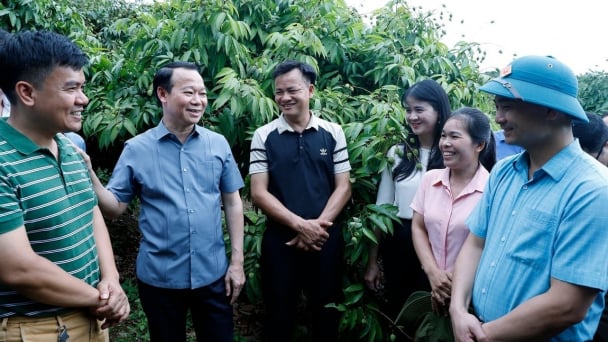
(VAN) As Bac Giang lychee enters the harvest season, Minister Do Duc Duy expects that the fruit will contribute greatly to agricultural exports due to standardized production and deep processing.
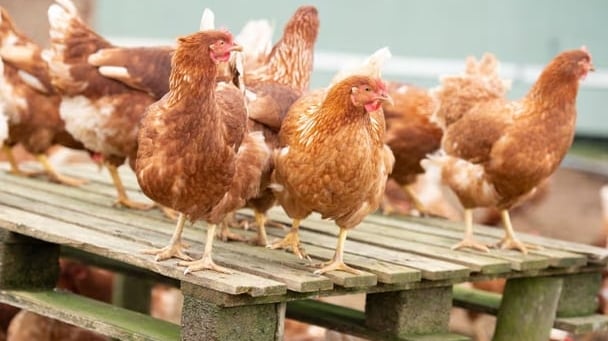
(VAN) Consumers have shown a preference for free-range eggs, but those farming systems are more vulnerable to biosecurity risks like bird flu.
/2025/05/09/5701-1-184335_301.jpg)
(VAN) Vietnam’s eel exports nearly doubled thanks to a mud-free farming model, opening up new prospects while still facing numerous barriers related to international standards.
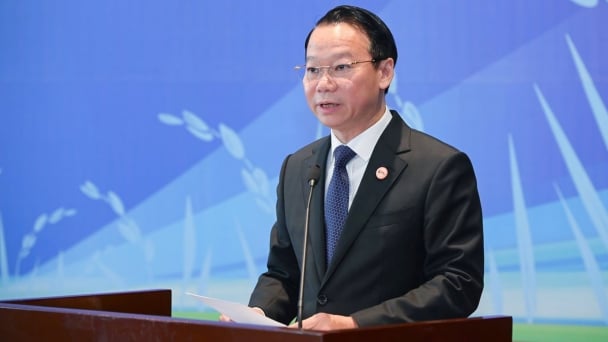
(VAN) Minister Do Duc Duy warned that if production is not professionalized and supply chains are not transparent, the U.S. market could become a growth bottleneck.